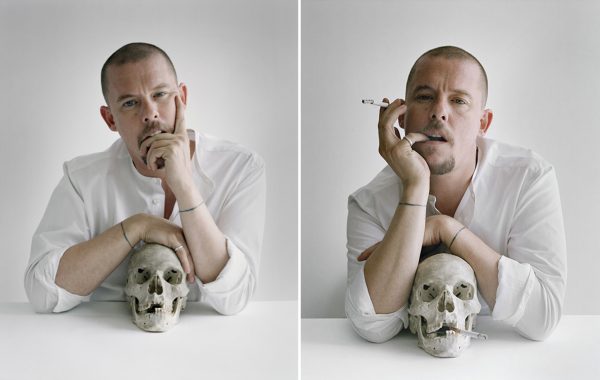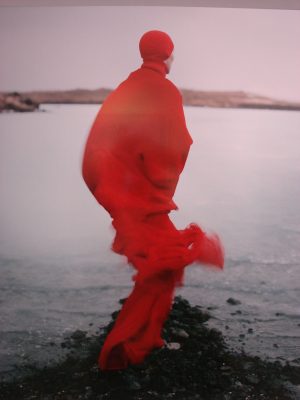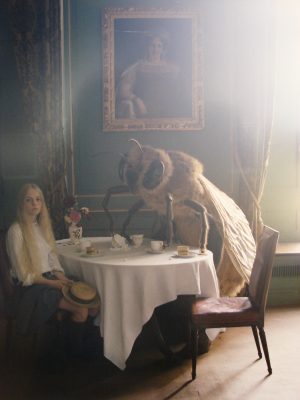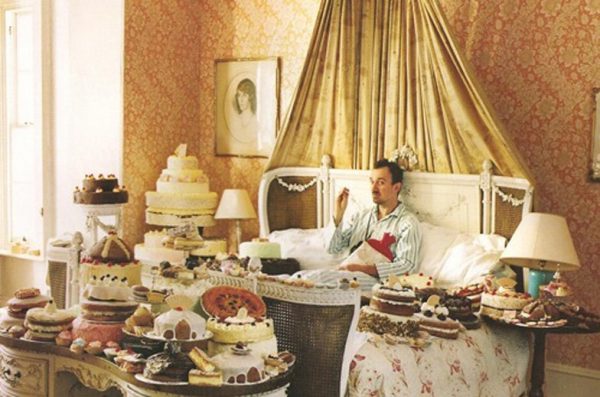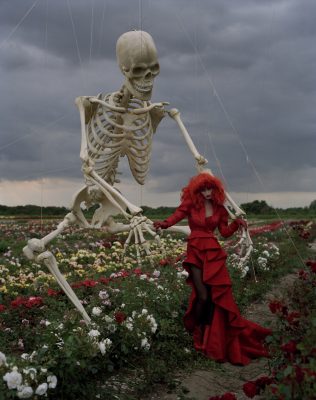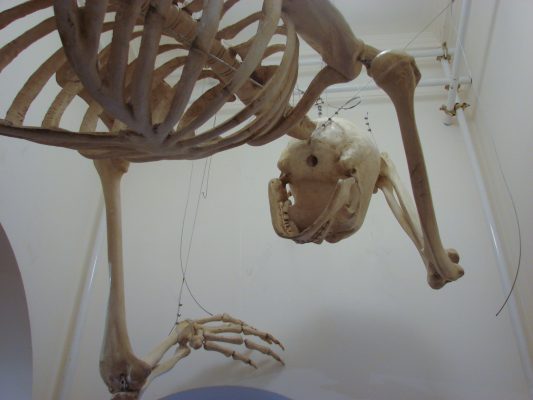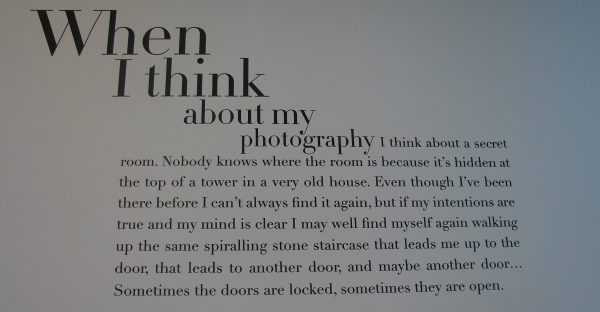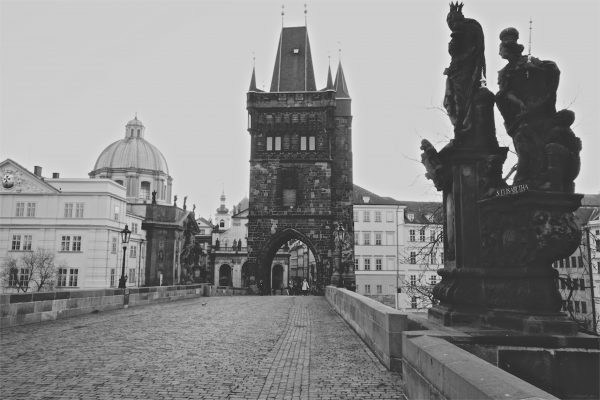‘I’m not so motivated by fashion and brands,’ explains Tim Walker – one of the world’s leading fashion photographers. Given that Walker’s work is most frequently found between the glossy covers of high-end fashion magazines – LOVE, i-D and of course the myriad international imprints of Vogue, to name but a few – this statement makes for an interesting juxtaposition. The incongruence is only exacerbated in context of our meeting at Somerset House to mark the opening of his Mulberry-sponsored exhibition (and recently published book) Story Teller. Collating the dramatic dreamscapes of Walker’s photographs, not just in the large format pictorial form to which photography is so often consigned in gallery spaces but rather in an immersive and tactile pseudo-reality enabled in part by the inclusion of the props and design that set them apart, Story Teller is Walker in microcosm: a bridge between two worlds.
The transcendence of Walker’s work – which cannot be confined to, or labeled solely as a product of the fashion industry – is marked by its appreciation in the wider field of photographic arts. While it is true that the 42 year old Briton’s work has been featured more than that of any other photographer, almost month by month, in the pages of Vogue, there are also images from his portfolio hanging as permanent fixtures at the Victoria & Albert Museum and National Portrait Gallery in London. In 2008 he staged his first major solo exhibition, in conjunction with the publication of his first book Pictures, at The Design Museum and in 2009 received an Infinity Award from the International Center of Photography in New York. Indeed, Walker’s work is more than the sum of its parts. Like the artist Mark Rothko, whose expansive canvases leave room for the viewer’s thoughts to fill, the photographer’s dreamlike fantasies are a world created not just for himself but for his audience.
And, in that sense, Story Teller is a fitting collection: inclusive and representative of Walker’s extensive body of work and his own personality rather than reflective of the closed-off nature and widespread exclusivity of the fashion industry with which he finds himself partnered in a strange symbiosis. ‘I’m more interested in who’ll let me do what I want to do,’ he says. ‘I think that I’ve always used the fashion industry as a mechanism to fund and support my work; and if they let me and they’re happy then that’s fine.’
Walker himself is a charming and passionate man, eager to discuss his work and happy to go off topic if he senses something interesting. ‘Where do you want to start?’
